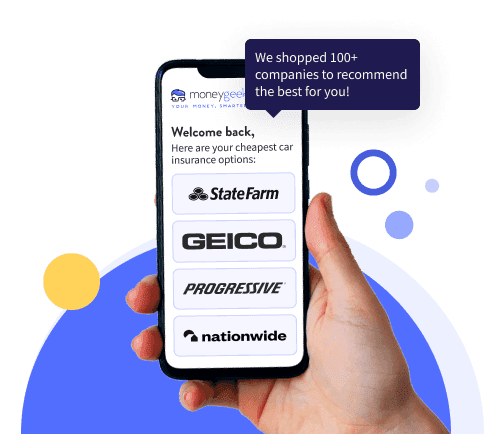Beyond meeting state laws and lender requirements, you need enough coverage to pay for injuries, property damage and potential lawsuits from an accident. The Insurance Information Institute provides these recommendations for how much car insurance is enough:
- Meet state law requirements (explained below)
- Protect your assets and avoid financial impacts of a serious accident with full coverage and optional add-ons
- Meet lender requirements (if you finance or lease)






